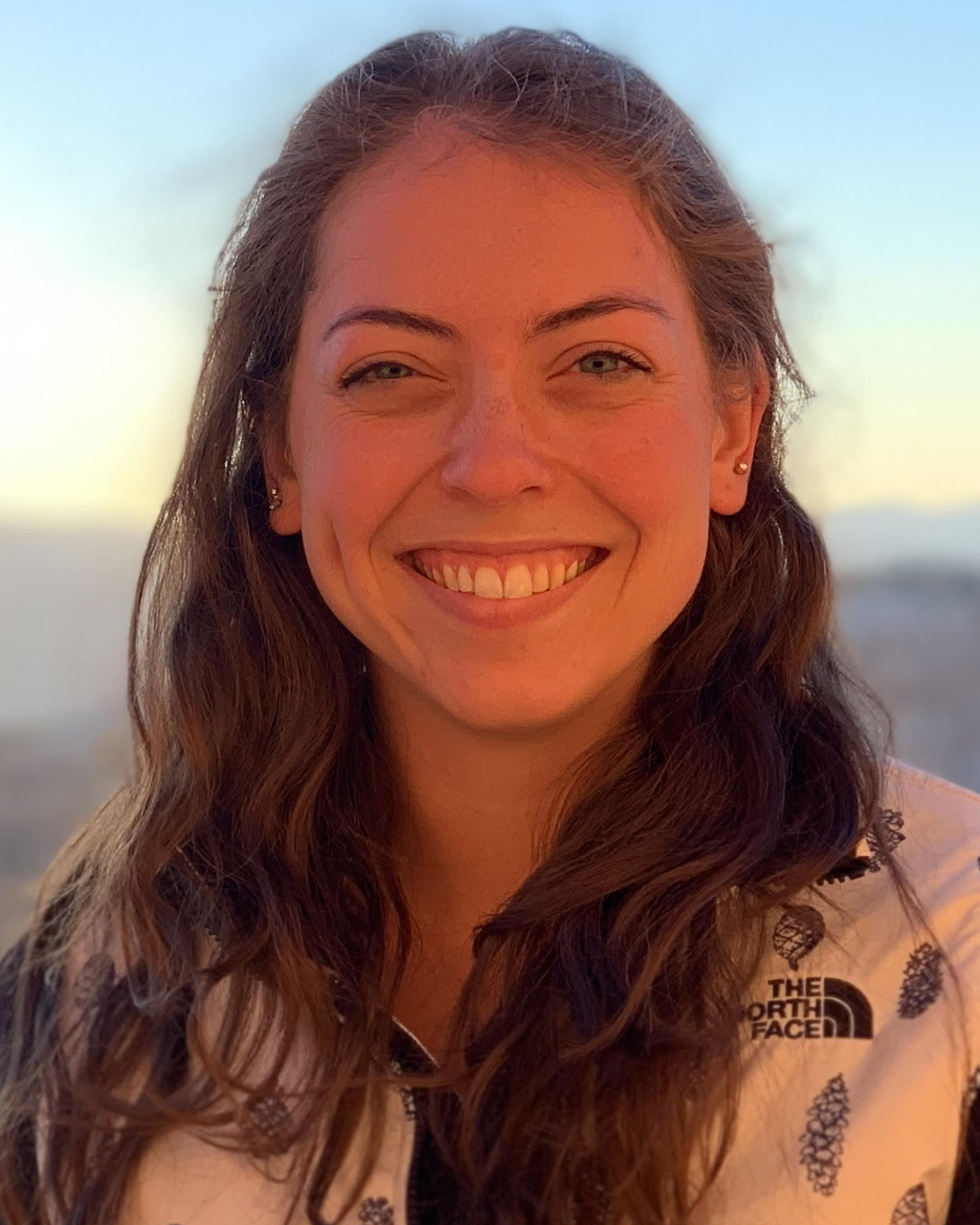Amanda Stasiewicz
Assistant Professor
Environmental Studies
Current Research Activities
I am a wildfire social scientist whose research focuses on the human dimensions of wildfire. My general question is: how do people respond or adapt to their specific wildfire circumstances? Some of my current foci include: (1) individual and organizational behavior around wildfire risk management. What influences individual and collective action around wildfire risk management on a property, within a community or neighborhood, and across a landscape? (2) the different pathways various communities take to adapt to their changing wildfire risk. What does a fire-adapted community look like in different socio-ecological spaces? What are the novel approaches people are taking that might be useful elsewhere? (3) wildfire evacuation needs and planning: what are the challenges individuals are facing with evacuation? How do we create more evacuation planning and information for dynamic and uncertain situations like a wildfire event? (4) wildfire management suppression capacity: high-activity fire years are stretching our suppression resources thin. How are our wildfire and fire service organizations grappling with these changes?
Research Connections to Current Events
Wildfire has always been a key phenomenon in the US West. Over 120 years of wildfire suppression, land management practices often focused on excluding fire from landscapes, and our changing climate create a scenario where wildfires are often resulting in disasters rather than performing the ecological services we need them to. "Good fires" are an important part of keeping many of our landscapes and ecosystems healthy, even in areas where people live in wildland areas. We have a lot of work to do in the wildfire science world! We need adaptation solutions to help diverse communities better live with current wildfire risk and conditions. We need to generate knowledge and scientific tools to keep our firefighters, emergency personnel, and residents safe during wildfire events, reduce the number of wildfire disasters, and mitigate wildfire impacts. And, we need to foster a space where "good" fire and landscape management practices can returned to our fire-adapted lands to reduce the risk of "bad" fires in the future. Integrating long-dismissed voices, like the land stewardship and cultural practices of indigenous persons and nations, is another part of restoring and learning how to "live with fire" into the future.
Personal Connections to Research
Studying plant and animal adaptation and evolution to their environments, from remote islands to tropical rainforests, consistently led me to a lingering question: what role do people play? How people and organizations adapt (or don't adapt) to their landscape is sometimes the most complicated part of our environmental questions. Wildfire presents a dynamic and chaotic space for exploring questions around human behavior, adaptation, and change. The biggest inspiration for my research comes from the communities and individuals I meet during my research. Spending time with people from all walks of life--from wildfire professionals to ranchers and loggers--and seeing the landscape and wildfire problem from their perspective helps me to push my science further. Their stories, experiences, and creativity as they push the frontiers of wildfire adaptation is what motivates me to figure out how academia can help meet some of the challenges people living in fire-prone landscapes face.
Social Media
Keywords
human dimensions of wildfire; approaches to wildfire risk management; community environmental adaptation; fire-adapted communities; individual and cooperative behavior; socio-ecological communities; forest, rangeland, and fire policy.